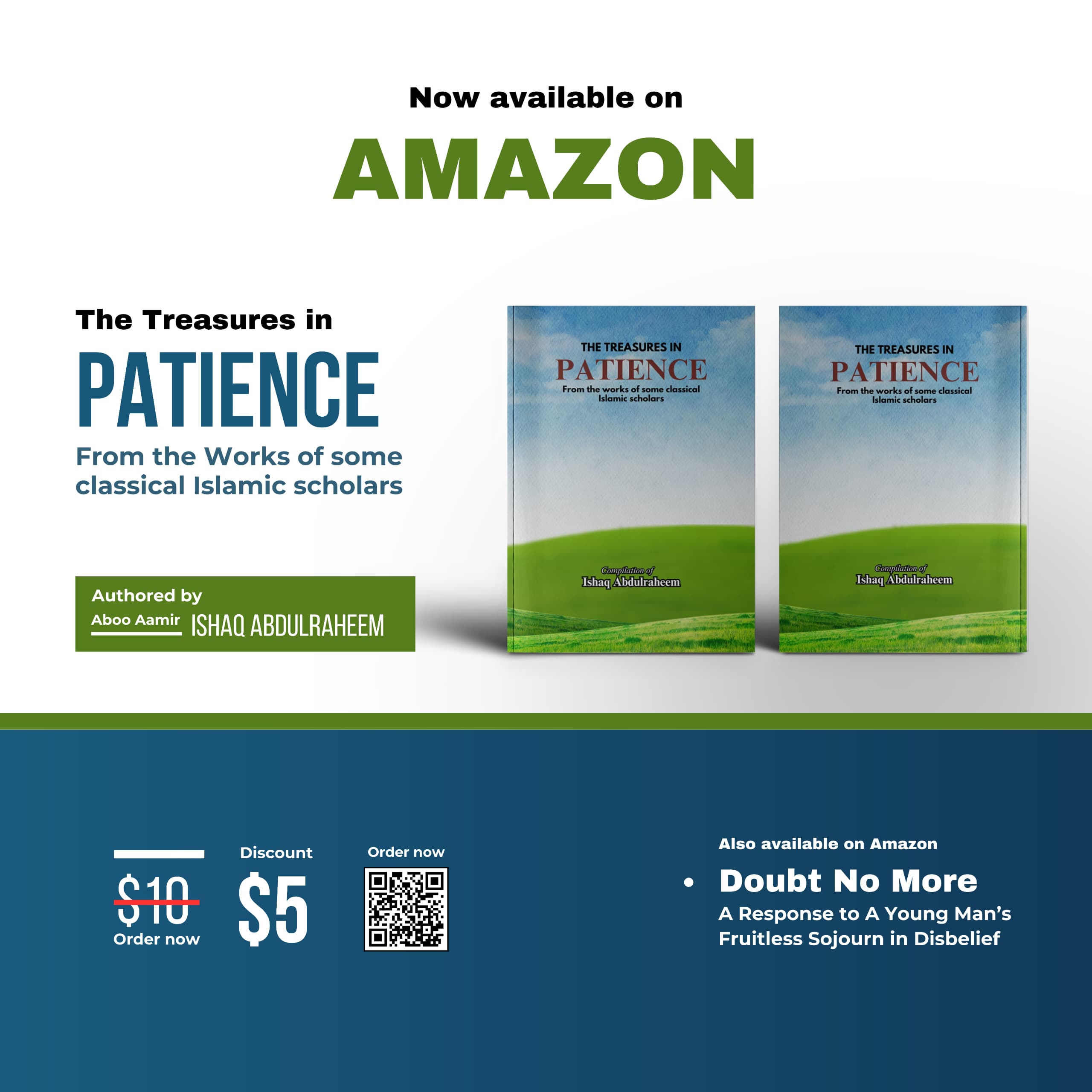[Response to Prof Is'haaq Akintola's Farce]
The fact that Nabiyy ‘Eesaa (alayhi as-salam) will descend towards the Last Hour is mentioned in the Qur’an, adequately explained by the Prophet, Muhammad (sallallahu alayhi wasallam), in numerous authentic Ahaadeeth and is a matter agreed upon by the companions, their students and those who follow their lines of conduct in the succeeding generations. Therefore, as Imam as-Safareenee (d. 1188AH) puts it,
“The Ummah is agreed upon the coming down of ‘Eesaa bin Maryam – alayhi as-salam – and no one differed among the people of the Sharee’ah. Only the philosophers and atheists rejected it among those whose differing does not count; consensus is established in the Ummah that he will descend…” [Lawaami’ al-Anwaar al-Bahiyyah 2/94-95].
Few days ago, some writings composed by blogger and human rights activist – Prof. Ishaq Lakin Akintola, passed around, describing the coming down of ‘Eesaa (alayhi as-salam) as “a farce”! Lakin Akintola claimed that “the Qur’an fell short(!!) of promising that ‘Isa would be ‘descended’ again”. He chose to give “re-interpretation” of the texts of the Qur’an and the authentic, widely-reported and explicit Ahaadeeth on the subject, and to exculpate himself, the Prof. ludicrously ascribed the same view to Imam an-Nawawee and al-Qaadee ‘Iyyaad!
This post – and those that shall follow on the subject by Allah’s Will - seeks to re-establish the fact that Nabiyy ‘Eesaa will Descend from the heavens before the Last Hour according to the Qur’an, the authentic Ahaadeeth and Narrations from the companions and those upon their footsteps. They will expose the futility of his so-called “re-interpretation”, demonstrate the falsity of the activist’s ascriptions and the fact that the rejectionist stand of the likes of Mahmud Shaltut and Sayyid Qutb is superfluous and otiose.
Some evidences from the Qur’an:
1. Allah – the Mighty and Sublime – says: “…And he shall be a known sign for the Hour…” [az-Zukhruf: 57-61].
Abdullah bin Abbass has been reported with different authentic chains to explain that the verse proves that ‘Eesaa (alayhi as-salam) will descend. Abu Hurayrah, Mujaahid bin Jabr, Qataadah bin Di’aamah, Abu al-‘Aaaliyah, Abu Maalik, ‘Ikrimah, Abdur-Rahman bin Zayd bin Aslam among the companions and the Taabi’oon have given similar explanations which must be upheld for the reasons that:
a. It is proven by Siyaaq (context of the verse); because any other interpretation, according to the scholars of Tafseer, will be rejected by the context because such will interrupt the flow of the Qur’an which should be maintained. [See: ‘Uqud al-Marjan fee Qawaaid Tafseer al-Qur’an pg. 126 by Dr. Ahmad Salamah].
b. It is proven by Qaraa-in (indicating texts) from the widely reported statements of the Prophet (sallallahu alayhi wasallam) regarding the coming down of ‘Eesaa during the End times. [Refer to Tafseer Ibn Katheer 4/182 – Muassasat al-Mukhtaar Print]
c. This explanation of the verse is given by the overwhelming majority of the scholars of Tafseer, hadith and Fiqh. It is noteworthy here that even those who interpret the pronoun in Innahu among the early scholars to refer to the Qur’an - albeit the weakness of the position and the fewness of its holders – such as al-Hasan al-Basree accepted based on evidences from other texts, that ‘Eesaa alayhi as-salam will descend before the Last Hour.
As for Prof. Lakin Akintola, after expressing his inclination towards accepting the above explanation according to him, “based on the implication of the preceding verses”, he turned on Yusuf Ali’s translation! Why should a Prof. of Islamic Studies wonder how Innahu here could imply the future event? Is Inna a verb that would have to be replaced by “yakuunu” and “sayakuunu” to show a future tense as he postulated in the piece? Shouldn’t the Prof. have realized that by his lessons on Inna – as absurd as it was – he was colliding against mountains like Ibn Abbass, Abu Hurayrah and the rest of the companions and their students – masters of the Arabic grammarians - who interpreted Innahu in the verse to relate to a future event? And quite unfortunately, before exiting the perplexity about the use of Inna, he averred: “we reject any reading of a future impression in this verse”!
2. Allah – the Exalted – says: “And there is none of the people of the Scripture but must believe in him before his death…” [an-Nisaa: 159].
Giving the meaning of the verse, Imam Muhammad al-Ameen ash-Shinqeetee said, “that is; but must believe in ‘Eesaa before the death of ‘Eesaa. And that is clear evidence that ‘Eesaa was alive at the time of the revelation of this verse in an-Nisaa and that he will not die until the people of the book believe in him and it is known that they will not believe in him until his coming back to the earth.” [Adwaa al-Bayaan pg. 1535 – Daar al-Kutub al-‘Ilmiyyah print]. So, this verse shows that ‘Eesaa will descend. As with the first verse above, the Siyaaq (context in which the verse occurs from verse 157), corroborating evidence from Ahaadeeth and the fact that the view is held by the majority of the experts in the field preponderate this explanation over any other.
After citing the two most common explanations of the verse and mentioning some of those who held the opinion; Prof. Lakin Akintola did not give preponderance for any of the two interpretations over the other. Yet, he inadvertently rejected the most preponderant view without any reason; not even with a feeble one!
Allahu al-Musta’aan!
[To be continued Insha Allaah].

